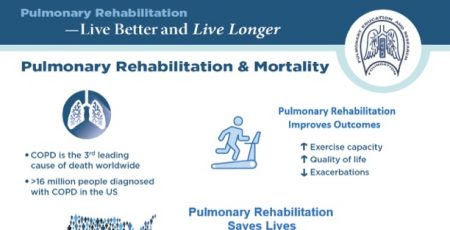02 Mar COPDGene Study Reveals Important Information About Small Airway Disease
More than 10,000 cigarette users, with and without COPD (chronic obstructive pulmonary disease) participated in a study called the COPDGene study, whose purpose was to explore genetic associations with the disease. Each participant submitted to a CT (or CAT) scan of the chest, and the collective data was analyzed by a team of researchers from the Los Angeles Biomedical Research Institute and other COPDGene investigators , to determine relationships between genetics and COPD physiology.
The study revealed information regarding Small Airway Disease (SAD), a condition thought to affect respiratory function, and therefore an important aspect of both COPD and asthma. Over the years a variety of tests have been employed to establish whether a patient has SAD, including impulse oscillometry (iOS), plethysmography, FEV3 (Forced Expiratory Volume over 3 seconds), and CT imaging with air-trapping. Until now, comparisons between the modalities has been sparse. Data from the COPDGene study revealed that FEV3 and CT correlated well in determining whether a patient had SAD – an important finding.
Researchers also found that FEV3/FEV6 was superior to FEV3/FVC for predicting clinical outcomes in patients with COPD. (FVC and FEV6 are measures of Forced Vital Capacity – overall and after 6 seconds during a spirometry test.) Among patients with otherwise normal spirometry (normal FEV1/FVC), the 15.4% with a low FEV3/FVC6 were not able to perform a 6-minute walk for as great a distance as those with normal FEV3/FVC6.
This last finding has great significance, as it demonstrates a clear relationship between the diagnostic measurement and the effect of SAD on the patient’s physical function.
There is a good argument to be made for employing FEV3/FEV6 as the preferred method for assessing small airway disease; it’s easy to do as is part of spirometry, it doesn’t require advanced equipment like iOS or plethsymography, and it doesn’t pose a radiation risk. Pulmonologists treating patients who are tobacco users or who have unexplained dyspnea, would do well to perform a spirometry test and look at the FEV3/FEV6 to aid diagnosis.
Information for this article was obtained from MEDSCAPE.





Pingback:PERF Monthly Newsletter – March 2017 | PERF 2nd Wind Blog
Posted at 06:44h, 01 April[…] …Read more […]